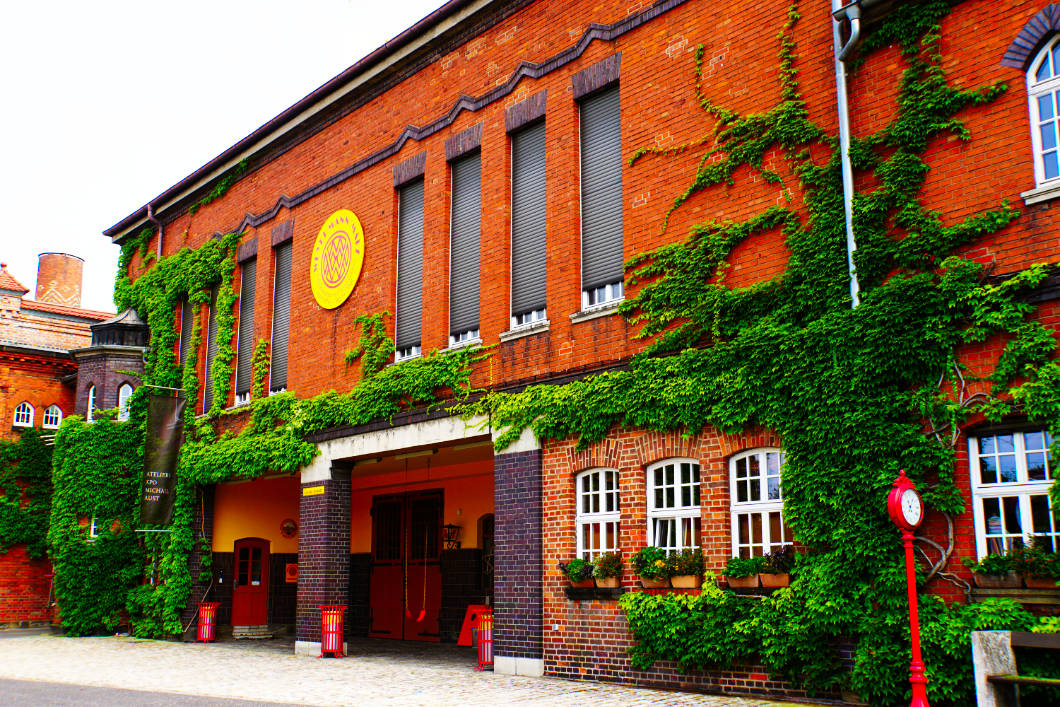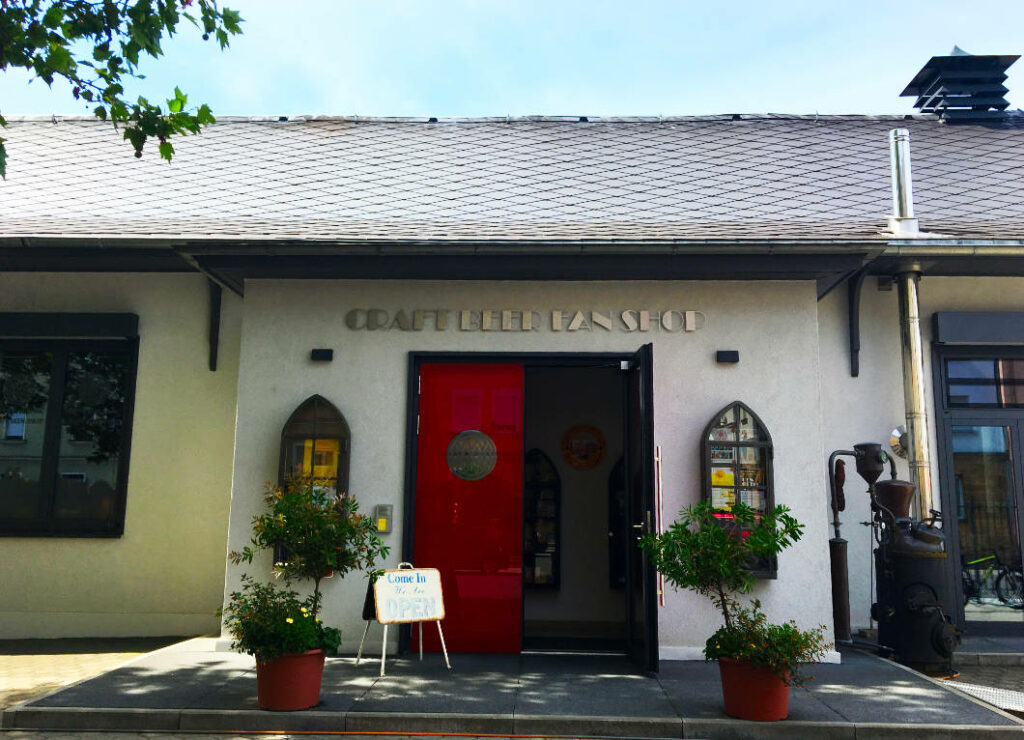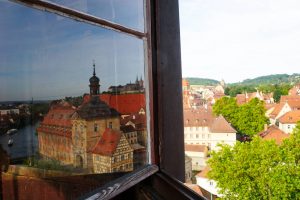In Berlin I visited the Old Malt House and learned something about the history of malting. In Bamberg I was now allowed to visit the highly modern Weyermann malt house. I wonder if there are still similarities.
What is a malthouse?
A malthouse produces malt from grain. There are about 45 malting plants in Germany, which also sell their goods worldwide. The Weyermann malting plant is one of the largest in the world.
In the past, breweries produced the malt they needed for brewing beer themselves. From the middle of the 19th century, the malt production and the brewery began to separate. Today, there are only a few breweries that produce their own malt.
How does the malting process work?
Malt is made from special types of grain. There are special types of grain that are grown specifically for brewing beer, for example malting barley or brewing wheat. These varieties have a low protein content and a high starch content.

The process of malt production is the same today as it was then:
- First, the grain is cleaned.
- Then soak the grain in water. It takes about 2-3 days until the grain has a water content of 40-44%.
- During this time, the grain begins to germinate. The grain is stored at a constant temperature of 15 degrees for about 5 to 7 days. Leaf and root germs form during this time. Enzymes are produced in the grain.
- The germinated green malt is then placed in the kiln and dried. The moisture is removed from the green malt by heat. The process is very gentle. During this time, the colour and aroma substances in the grain unfold and it contains its malty aroma. Afterwards, the grain can be stored well.
- The decisive step that gives the malt its unmistakable aroma takes place in the kiln. For example, direct firing with beechwood or oak wood under the kiln can produce the smoked malt that is needed for brewing smoked beer. There are also other variations, such as burning peat, which then creates a distinctive whisky malt.
Weyermann Malthouse – a guided tour
Our tour begins with a brief historical overview of the company’s history. The founding of the company by Johann Baptist Weyermann in Bamberg in 1879 set the starting point for a family business that is still successfully run today. Today, about 200 employees work in the company.
At first, the Weyermann malt house produced the malt for malt coffee, only later the malt production for beer was added.

The factory site initially had a direct railway connection. Remains of the old railways can still be found on the site.
A large brick villa stands at the entrance. Until a few years ago, members of the Weyermann family still lived here and thus had a direct view of the production site. Today, the company’s administrative headquarters are located here. The old brick buildings, where production still takes place, are now listed buildings. This naturally restricts the space available for operations, and the logistics centre, for example, has been relocated to the site on the opposite side of the road.

While we were on site, we witnessed the unloading of a truck full of grain. Every day, 12-15 trucks arrive bringing grain from regional producers. But before they can unload their cargo, the grain is examined in the laboratory. Only flawless goods may be processed further.
After delivery, the malting process begins. At one point we were able to look at, smell and also taste some types of malt directly. A malt aroma wheel developed by the company helps to determine the exact flavour.
After the malt comes out of one of the seven roasting drums, it is packed and shipped. We watched the fully automatic packaging machine for a while as it stacked sack after sack on a wooden pallet. We noticed the labelling on the sacks. Here, each sack is marked with individual codes about the type of malt, the date of production, the recipient, the country of origin and the weight.
At the end of our very informative tour we went back to the fan shop of the house. Here we also learn that Weyermann not only produces malt, but also brews beer. The bottled beers are numbered consecutively.

Of course, we didn’t miss the chance and had a sample sip from the barrel.


What else you should know about the Weyermann malt house…
- The Weyermann malthouse produces Sinamar. This viscous mass is used, for example, for colouring food. Since 2007 there is a product variant produced according to Bioland guidelines. It is gluten-free.
- There is kosher malt produced by the Weyermann malt house.
- Weyermann has registered 85 types of malt.
- Weyermann currently delivers to 135 countries around the world. In total Weyermann exports 80% of its production.
- Worldwide about 55000 beers are produced with malt from Bamberg.
- Weyermann also produces Wiskey and beer brandies.
- Weyermann offers beer seminars. These have different topics and always take place on Thursday at 6:30 pm.

Address:
Craft Bier Fan Shop
Brennerstraße 15
96052 Bamberger
Opening hours:
Monday-Thursday: 13-18 h
Friday: 10-12 h and 13-18 h
Saturday: 10-14 h
Appointment for guided tours:
for individuals
Wednesday: 2 p.m. without appointment
Meeting point: Weyermann Craft Beer Fan Shop in the Weyermann Guest Centre
individual guided tours for groups (8-20 persons)
by appointment from Monday – Friday
Duration of the tour:
about 1,5 – 2 hours
Price:
Adults: 15,-€
Children under 16 cannot take part in the guided tour.
Note: Sturdy shoes required. Part of the tour takes place on the 4th floor, you must be good on foot. There is no lift!
Disclosure:
The tour of the malthouse took place as part of a blogger trip and was free of charge for me. Thank you very much! The report was written independently of this.







Leave a Reply